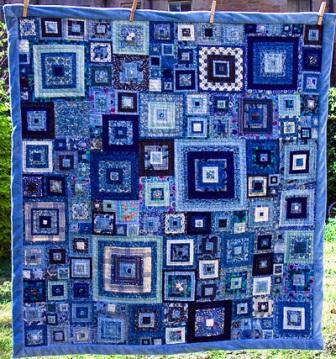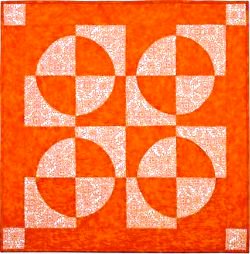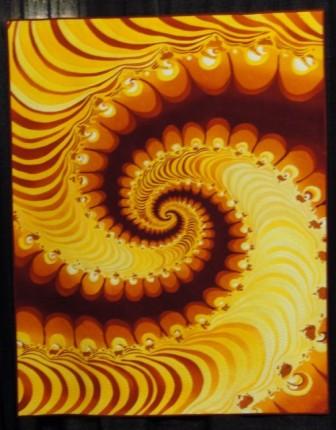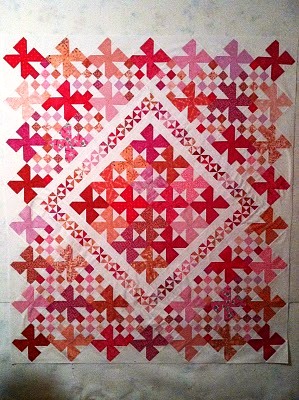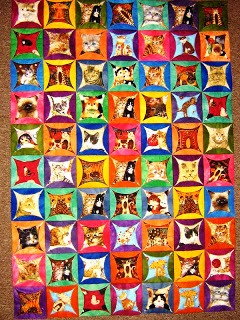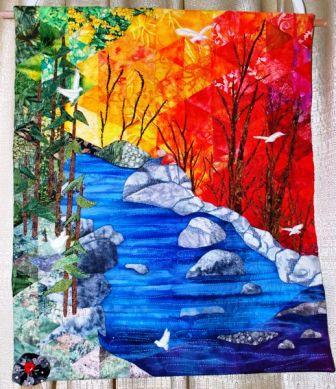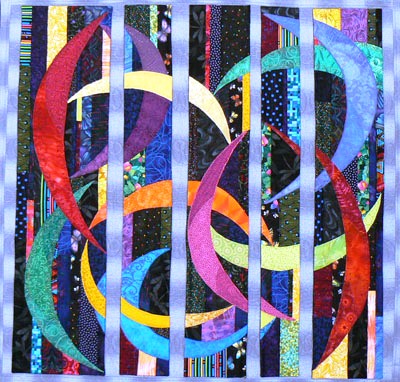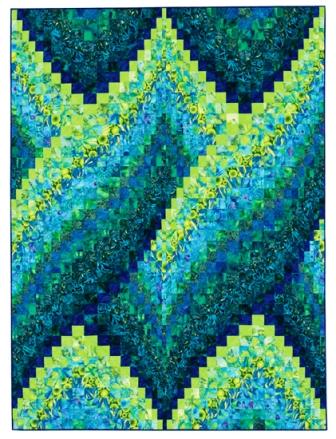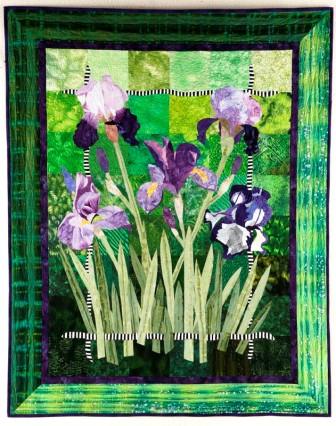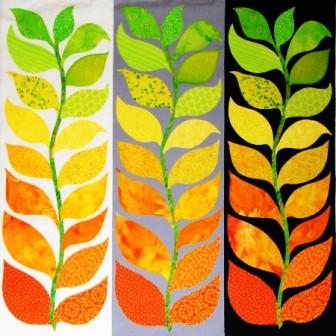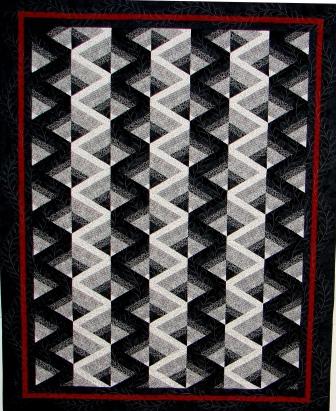Quilt Color Schemes

There are four main colour schemes that are used universally by quilters. Yes only four! It is surprising when you consider the many thousands of quilts that are made each year, throughout the world, that there are only four main colour schemes used. I will explain.
Monochromatic Color Scheme
The first colour scheme is called the Monochromatic colour scheme. Mono means one or single, chromatic means colour. So Monochromatic means one or a single colour scheme. Think of blue and White, Red and White (not Black and White that will be explained a bit later under Achromatic) and single colours with lots of tints, tones and shades and you have a monochromatic colour scheme. Here are some examples:
Image Source
Image Source
Image Source
Image Source
Polychromatic Color Scheme
The second colour scheme is called Polychromatic colour scheme. Poly means many, chromatic means colour. So Polychromatic means many colours. Think of I Spy Quilts, All Scrappy Quilts and any quilts that contain many colours and you have a polychromatic colour scheme. Here are some examples:
Image Source
Image Source
Image Source
Image Source
Analogous Color Scheme
The third colour scheme is called Analogous colour scheme. Analogous means similar or parallel, and when referring to the colour wheel, analogous refers to colours that are similar or parallel to each other on the wheel. For example, the colours of green blue and purple are found parallel to each other, as are red, yellow and orange. These colour schemes are termed analogous. Here are some examples:
Image Source
Image Source
Image Source
Image Source
Achromatic Color Scheme
The fourth and final most popular colour scheme is called achromatic colour scheme and it means basically, no colour at all. Both Black and White are not considered colours. In brief, black is the absence of all colours and white is a blending of all colours. So black and white colored quilts are called Achromatic colour schemes. Here are some examples:
Image Source
Image Source
So, you can see that although there are many many quilts being made throughout the world at any given time, there are only four major colour schemes that they represent. Interesting!
Monochromatic Color Scheme
The first colour scheme is called the Monochromatic colour scheme. Mono means one or single, chromatic means colour. So Monochromatic means one or a single colour scheme. Think of blue and White, Red and White (not Black and White that will be explained a bit later under Achromatic) and single colours with lots of tints, tones and shades and you have a monochromatic colour scheme. Here are some examples:
Image Source
Image Source
Image Source
Image Source
Polychromatic Color Scheme
The second colour scheme is called Polychromatic colour scheme. Poly means many, chromatic means colour. So Polychromatic means many colours. Think of I Spy Quilts, All Scrappy Quilts and any quilts that contain many colours and you have a polychromatic colour scheme. Here are some examples:
Image Source
Image Source
Image Source
Image Source
Analogous Color Scheme
The third colour scheme is called Analogous colour scheme. Analogous means similar or parallel, and when referring to the colour wheel, analogous refers to colours that are similar or parallel to each other on the wheel. For example, the colours of green blue and purple are found parallel to each other, as are red, yellow and orange. These colour schemes are termed analogous. Here are some examples:
Image Source
Image Source
Image Source
Image Source
Achromatic Color Scheme
The fourth and final most popular colour scheme is called achromatic colour scheme and it means basically, no colour at all. Both Black and White are not considered colours. In brief, black is the absence of all colours and white is a blending of all colours. So black and white colored quilts are called Achromatic colour schemes. Here are some examples:
Image Source
Image Source
So, you can see that although there are many many quilts being made throughout the world at any given time, there are only four major colour schemes that they represent. Interesting!

Related Articles
Editor's Picks Articles
Top Ten Articles
Previous Features
Site Map
Content copyright © 2023 by Judie Bellingham. All rights reserved.
This content was written by Judie Bellingham. If you wish to use this content in any manner, you need written permission. Contact Judie Bellingham for details.


